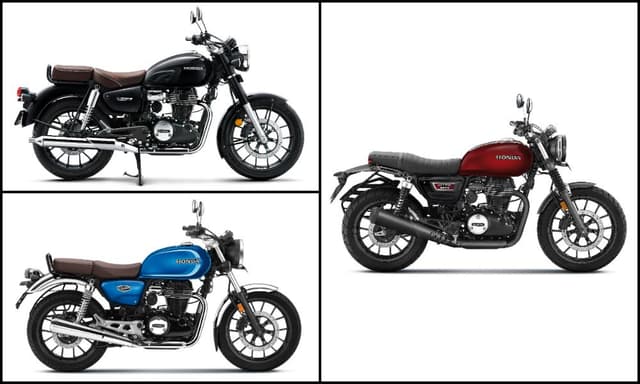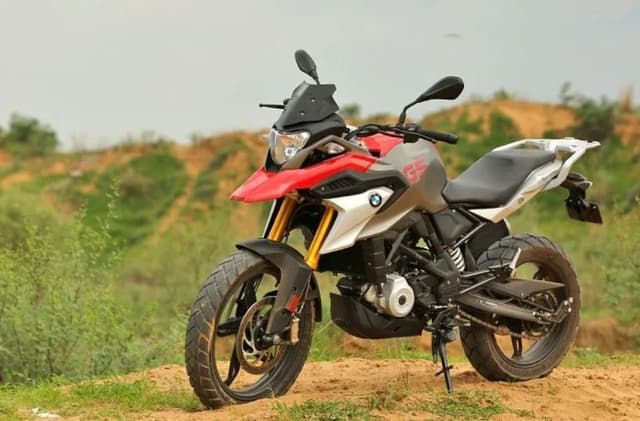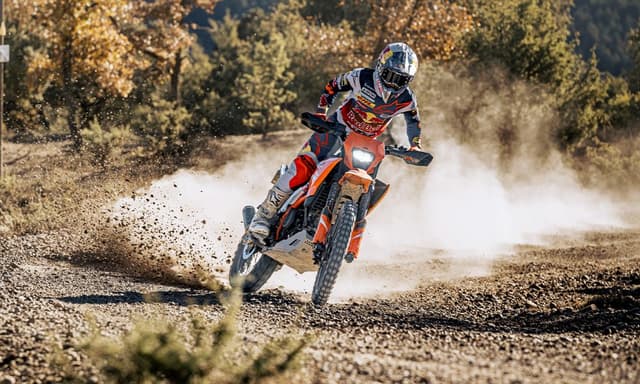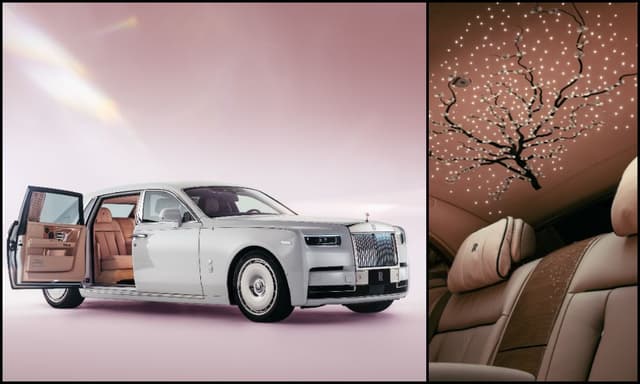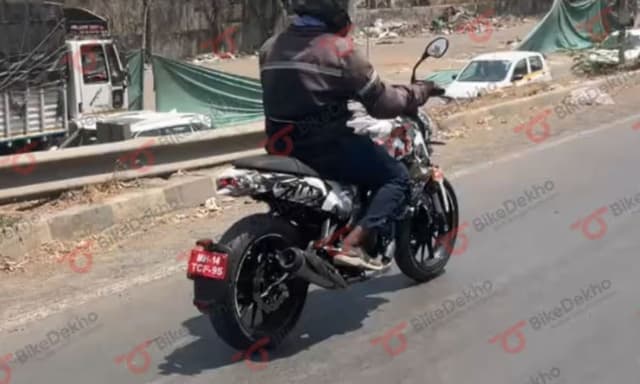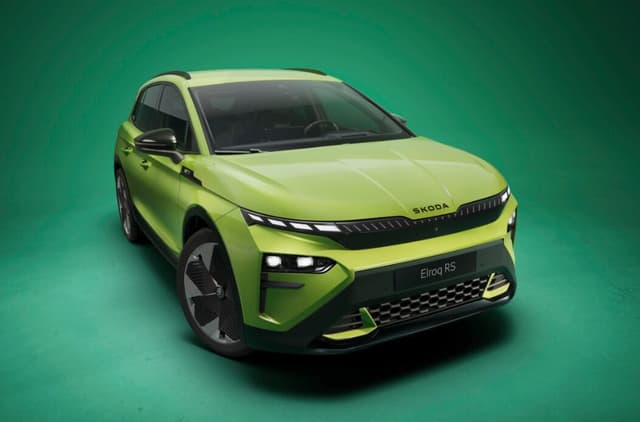Buying A Used Car: Top 5 Checkpoints To Follow

Highlights
- We strongly recommend going to an authorised dealer to buy a used car.
- Inspection and driving is important followed by an expert's advice.
- You also need to check Registration, Insurance and Pollution certificate
The Coronavirus Pandemic has altered some trends in the market. People now prefer personal mobility and we've told you this through our survey. It certainly means that business will be positively impacted for small cars and used cars as they are the more affordable ones. That said, buying a used car isn't an easy process, but there are a few things that you can take care of before buying one. Here are the top five checkpoints to follow when buying a used car.
Also Read: Personal Mobility The Way Forward For Consumers: carandbike Survey
Inspection

Start with the exteriors and check specifically for any rusted area or major dents.
A proper inspection of the vehicle is mandatory so it is advisable to make sure that the car you're buying has been thoroughly checked. Even you can check out the exteriors and check specifically for any rusted areas or major dents and minor scratches. On the inside, do check the carpeting, and of course check all the switches and knobs, shape of the seats and overall appearance of the cabin. Do switch on and off all electricals - the lights, right from headlights, tailights, wipers, fog lamps, turn indicators, infotainment system and the like.
Assessment

An expert will give you the advice on valuation.
Not everyone is a professional when it comes to assessment of a car as it requires a lot of time and experience. In case of used cars, many are first time buyers and even in general, advice of a mechanic helps but getting a car from an authorised pre-owned business, certainly helps as all the papers are already in place and even the assessment is done thoroughly.
Driving

It is very important to get behind the wheel to get a thorough feel of the car.
While a mechanic will help you understand if there is anything wrong with the car, it is important for you to get behind the wheel and drive it around to understand how the car feels. A keen observer, is what is needed and keep a ear out for any unusual sound especially from the engine bay or the underbody as often that's a sign of wearing out of parts such as fan belt, starter, suspension bush kit, stabilizer rods and springs among others. Then notice the acceleration of the car, as any deterioration there is a sign a of worn out clutch plate which will require you to change the entire set (Clutch Plate + Pressure Plate + Bearing Kit).
Then you also need to check the steering wheel and check if it's balanced. If the car is pulling left or right, then there is a problem in alignment. Also, the gearshift shouldn't feel too clunky or stick travel shouldn't be too wide as that's an indication of the clutch plate wearing out. Also, observe for wearing out of brakes and tyres as you can bargain with the owner if they need to be replaced.
Insurance
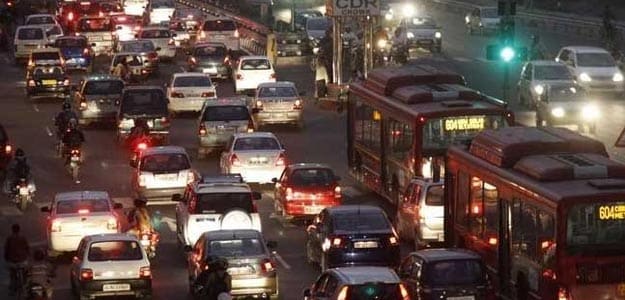
Checking insurance papers, Registration and Pollution Certificates is also compulsory.
Now it's a must that the car is insured and the policy is not about to lapse. First up, if the policy has already lapsed then it's a big no as very few insurance companies will agree to renew the insurance of an old car in such a case. Then, if the policy is about to lapse soon, you would end up spending on its renewal again which will add to your immediate budget. Also, check for any claims in the past as that reduces the valuation of the car and adds to the insurance premium.
Registration And Pollution Certificates
It goes without saying that a thorough verification and cross-checking of the registration certificate on the RTO website and pollution certificate is compulsory as you don't want to end up in any trouble after spending a huge sum on the car. Also check for the actual date of registration of the car and if it's already a second hand car. Also, verify the chassis and engine number with the ones mentioned in the Registration Certificate. Then, do check if the owner still has a valid pollution certificate of the car as it's advisable to get it renewed a couple of days before expiry.
Last Updated on September 9, 2020





